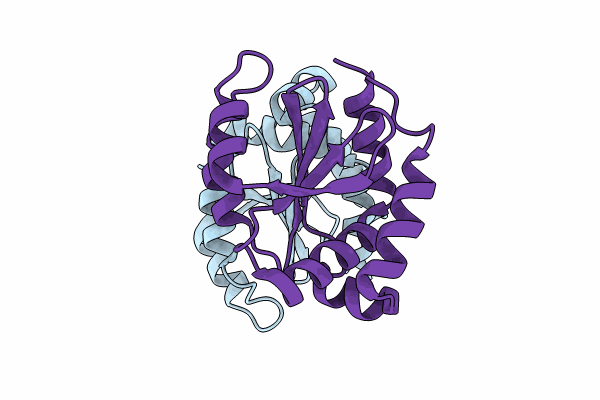
Deposition Date
2024-05-20
Release Date
2024-08-28
Last Version Date
2024-11-20
Entry Detail
Biological Source:
Source Organism:
Nostoc sp. PCC 7120 = FACHB-418 (Taxon ID: 103690)
Host Organism:
Method Details:
Experimental Method:
Resolution:
1.99 Å
R-Value Free:
0.24
R-Value Work:
0.19
R-Value Observed:
0.20
Space Group:
P 21 21 21


